
Salou is a small resort town, famous primarily for its beaches. But in Salou there are some interesting sights, the examination of which can be a great addition to a beach holiday.
Boulevard named after King James I (Paseo Jaime I) - a wide pedestrian street, which is considered one of the best places for walking in Salou.
This Boulevard is very popular, and the palm trees planted on both sides of the Primorsky Boulevard, making it a picturesque and attractive.
The Boulevard stretches for a kilometer along the coastline of the Central beach of Salou (Llevant) and has a slight curve that matches the curve of coastline.
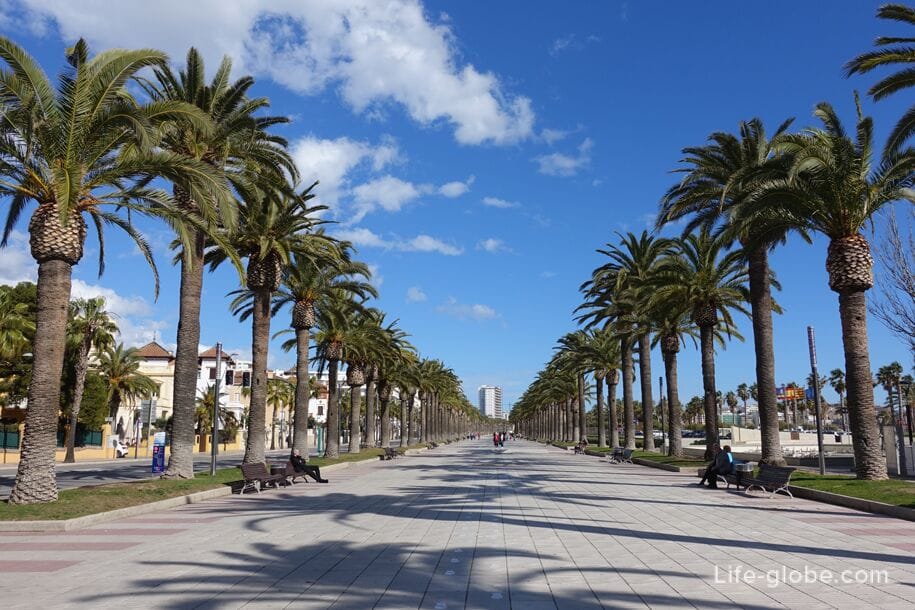
In the center of the Boulevard is decorated with the impressive size of the monument to the famous king Jaime I (Jaume I monument), established in this place in 1965. This monument was erected in memory of a historic date of 5 September 1229, when the Catalan fleet left from Salou to conquer Mallorca. Read more about Boulevard Jaime I in Salou...
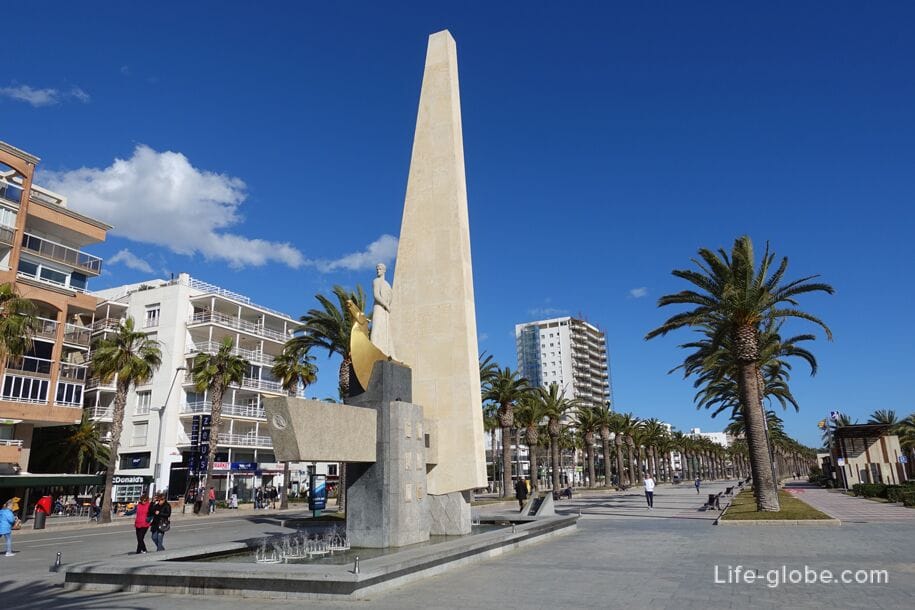
The fountains in Salou deserve special attention. In 1973 he opened a Luminous fountain of Salou, the engineering marvel of its time, presenting a water show with up to 210 combinations. For many years he has been one of the main attractions of the resort. Subsequently, it added the Ornamental fountains. The play of water, light and sound became an integral part of the evening landscape of Salou.
Fountains are located near each other, between the promenade the promenade Jaime I and the beach of Llevant and work in the evening during the high season. Each fountain has its own time of the show, which depends on season and day of the week. Read more about the fountains, as well as the time of the show can be found on the official website.
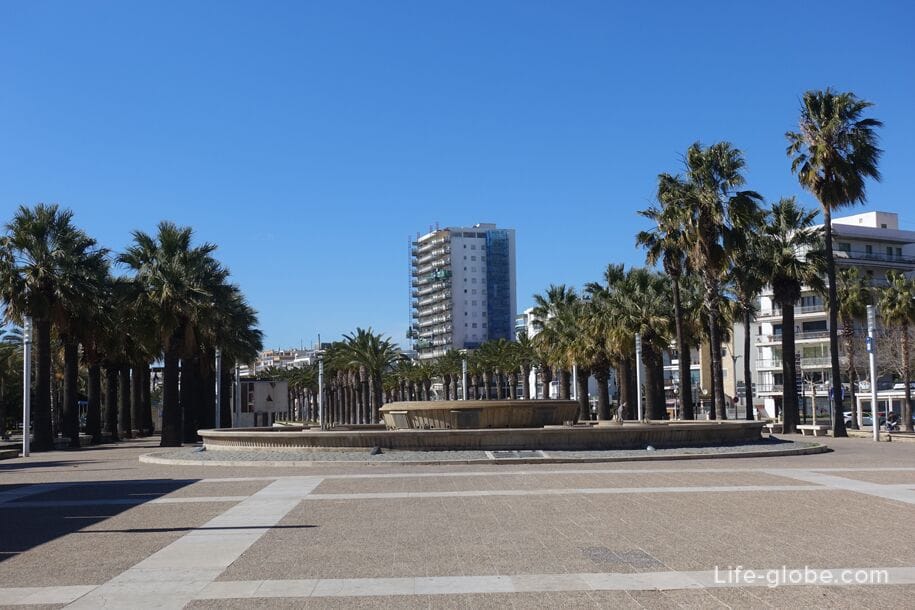
House Bonet, also known as Shalle Bonet or Boneta Villa (Chalet Bonet) is one of the most spectacular sights of Salou, see which is everyone who arrived in Salou.
Bonet house is a historical monument with unique architecture and a fine example of the late period of the modern age. The author of the project Domenech and Sugranyes Gras was a disciple and follower of Antoni gaudí.
The House is located Bonita in the heart of the tourist area of Salou, near the famous Boulevard promenade Jaime I, on its Western side.
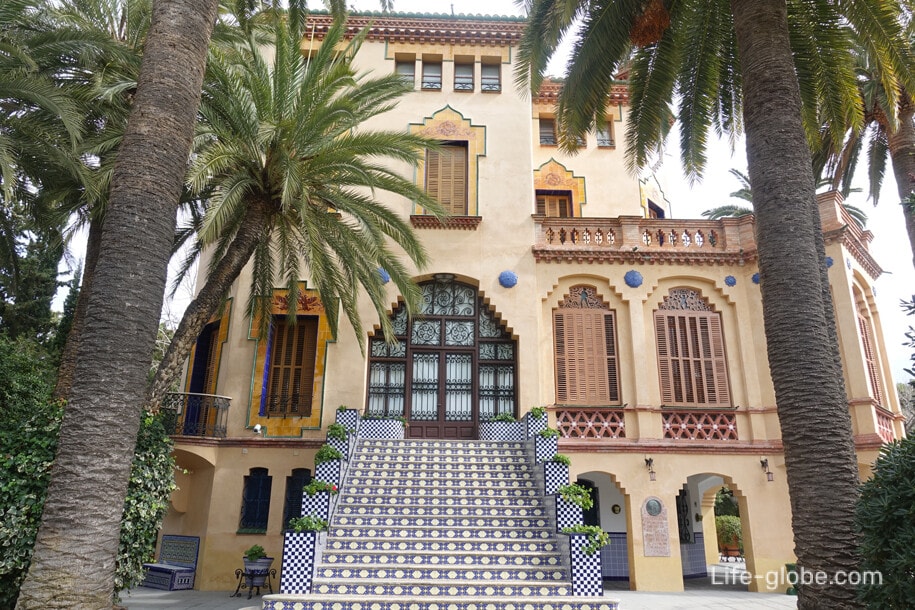
Next to the Chalet Bonet you can see the old olive tree of interesting form. More about the house of Bonet and the old olive tree in Salou...
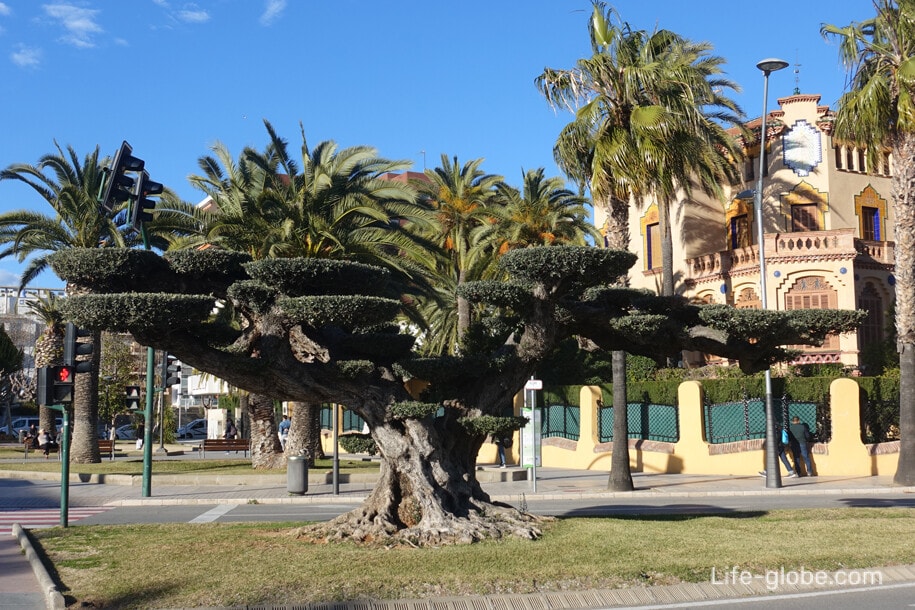
The building of the port Commandant's office was built in 1820 and immediately became part of the infrastructure of the port of Salou. In the port of Salou for centuries conducted a lively trade, especially in the XVII and XVIII centuries, in the heyday of the trade in alcoholic beverages. In connection with this activity came the need for infrastructure, including the construction of customs. In the early XX century, the building became private property.
The commandant has preserved the original form, although it has undergone numerous changes. At first it was only two floors, and the facade facing the Boulevard Miramar, adjacent the drinking bowl for horses and a fountain.
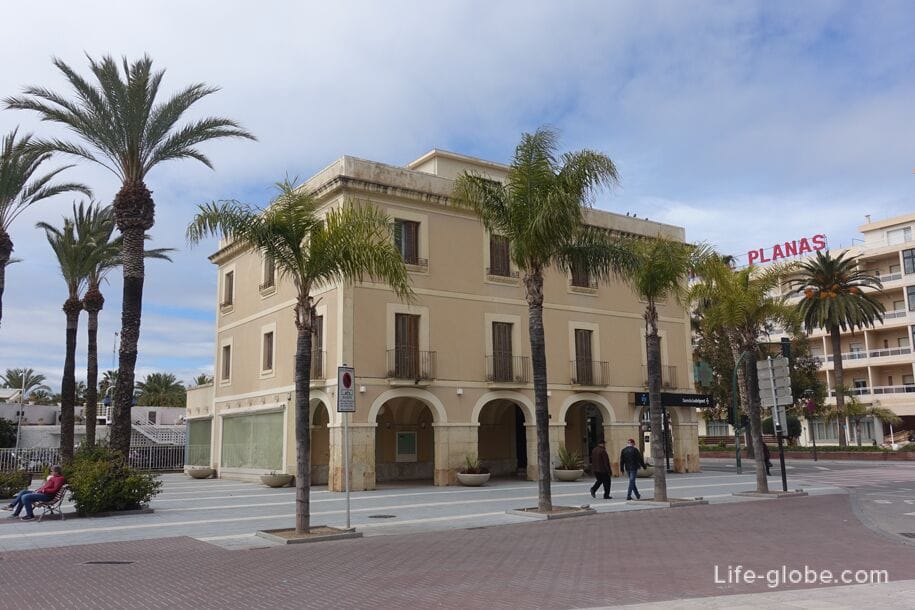
Port of Salou (Puerto Salou) is a small port located in the center of the coast, between two beaches of Ponent and Llevant.
From the port you can take boat trips along the coast or take a walk on the yacht in the open sea.
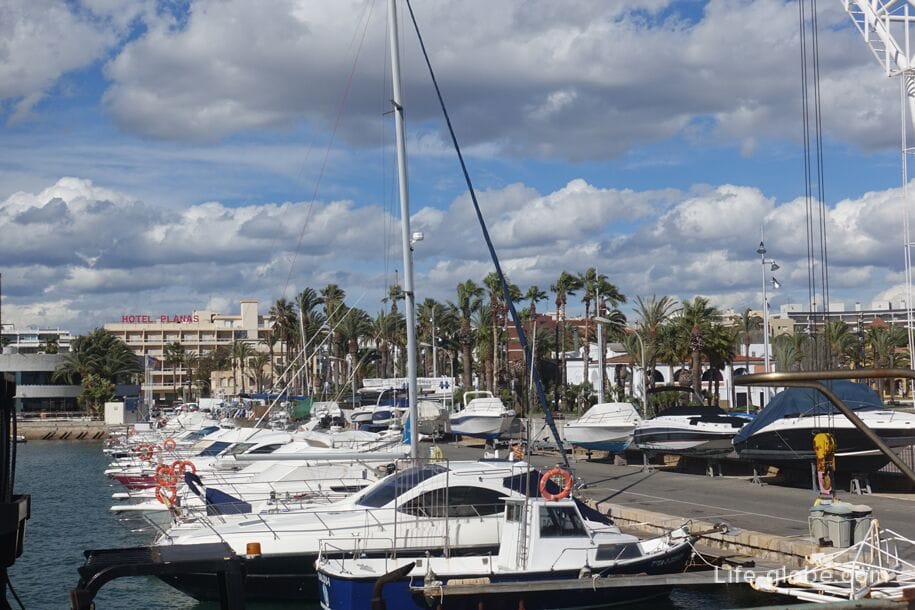
Near the port, the Llevant beach, located modest size pier area and the famous monument to the "Fisherman", included in the list of the main attractions of Salou (El Muelle y el monumento al pescador).
Wharf and pier until the mid XX century guarded the boats, the fishermen of Salou. Where once moored the boat, now stands the monument to the Fisherman of the work of Ramon Ferran created to remind about the rich nautical past of city. The monument was erected in 1990 by public money.
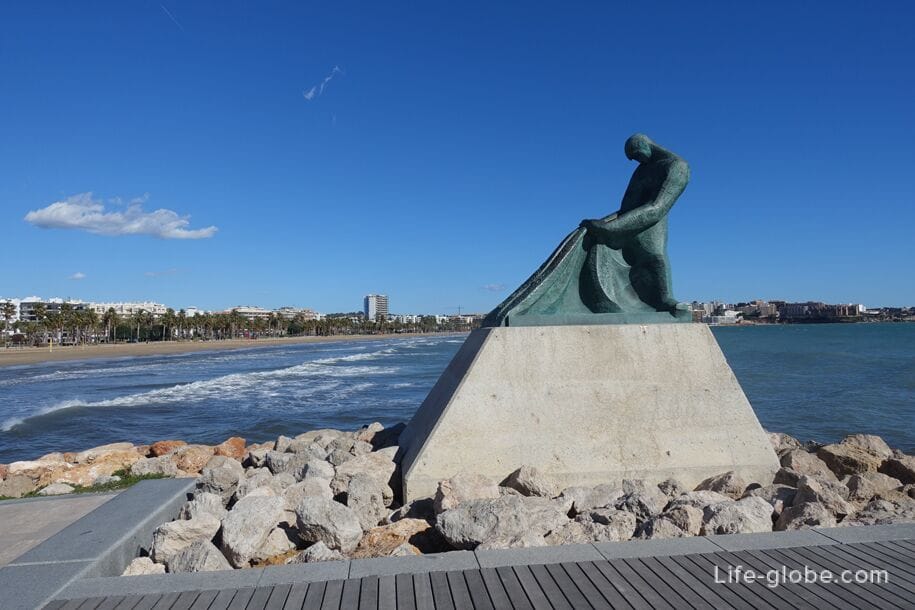
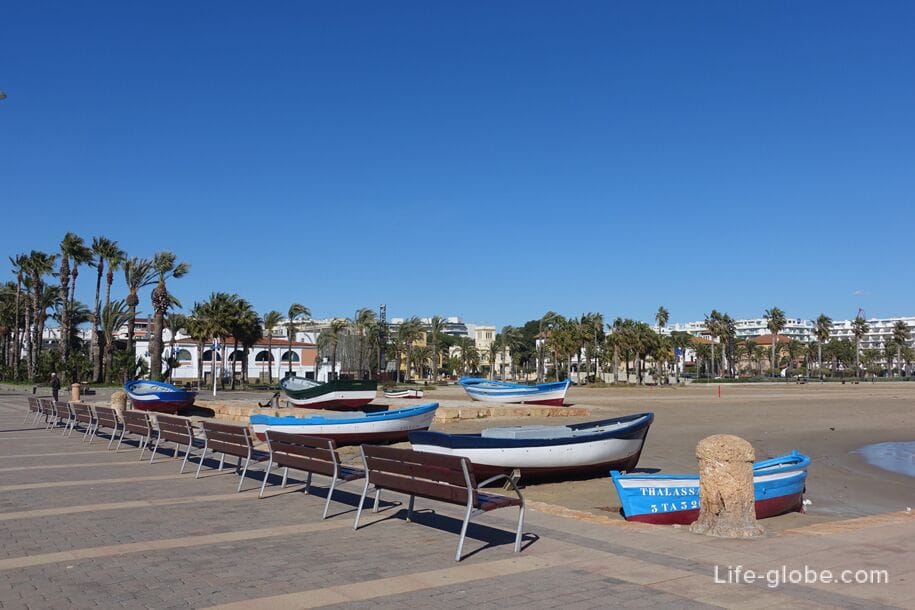
Monument the "Pylons" (Monumento Els Pilons de Salou) is set on the edge of the Cape, which clearly marked the Eastern boundary of the Llevant beach. Near the monument is equipped places to stay, also this place offers beautiful views of the beach and the Mediterranean (Balearic) sea.
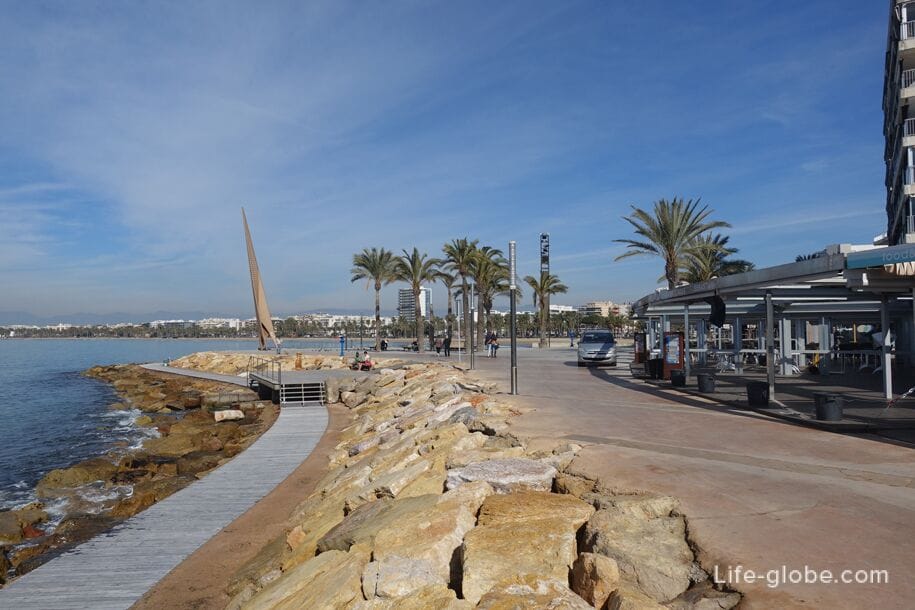
From the monument originates one of the most scenic and interesting roads a pleasure Salou - workaround Cami de Ronda.
Cami de Ronda is a bypass road (trail) running along the line of the sea and envelope the East coast of Salou, created for walks along the coastal strip of the resort.
Walk along this road - a great opportunity to see the coast of Salou and Cap Salou. The road is quite comfortable, its total length is just over 5 kilometers one way. The workaround is to guide you along the entire coast of Salou and bring it up to the Old Lighthouse.
Along the way panoramic views, pass secluded bays and lively beaches, and areas of rocky coastline and then give way to gentle trails.
Cami de Ronda, perhaps the most memorable and amazing "natural" attraction of Salou. Read more about the path of the Cami de Ronda in Salou...
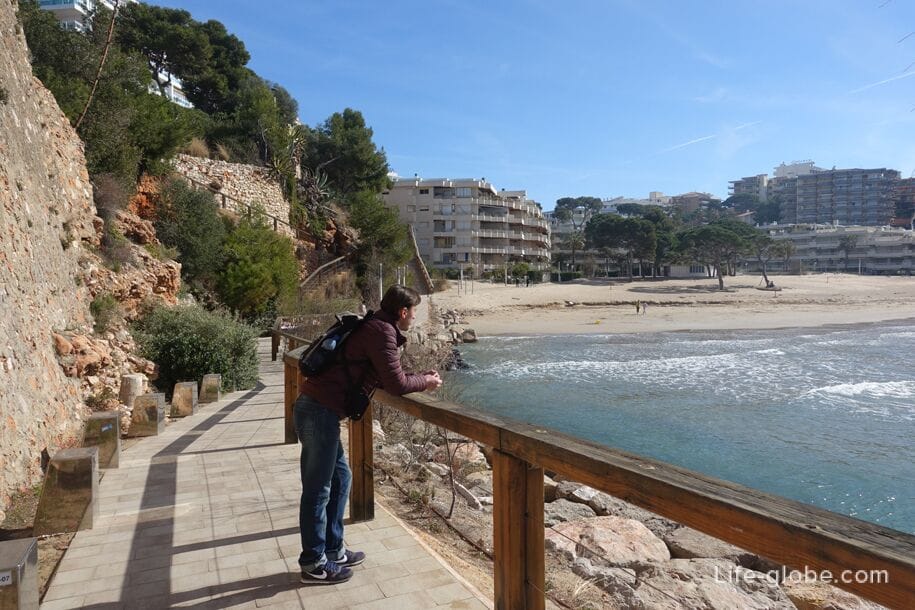
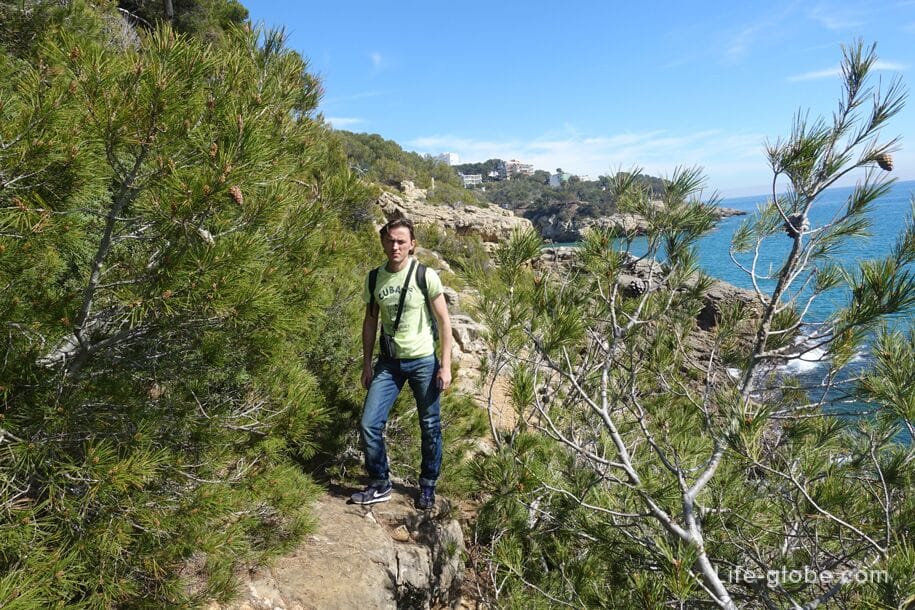
Cape Parrot is one of the clearly protruding into the sea capes Salou, which is an observation deck Mirador with Seating.
The Cape is located between the beach Capellans and Llenguadets. At the entrance to the Bay Llenguadets still preserved the bunker, built during the Civil war, and two embrasures, facing horses Cape and the port of Salou.
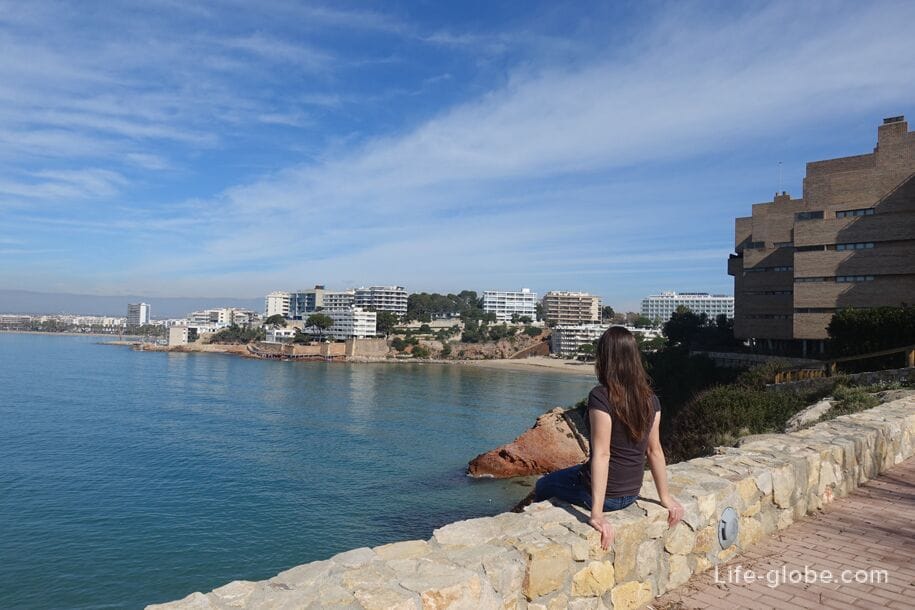
Extremely picturesque area with a unique rock jutting out into the sea. These protruding in the sea, bizarre rock formations, turned into the process of erosion in the likeness of a huge stone walls clearly define boundaries of two small bays of Cala Penya Tallada de La Costa.
Above the sea, on the same rock Tallada, equipped with an observation deck, which offers beautiful views of the Bay and the coast in General.
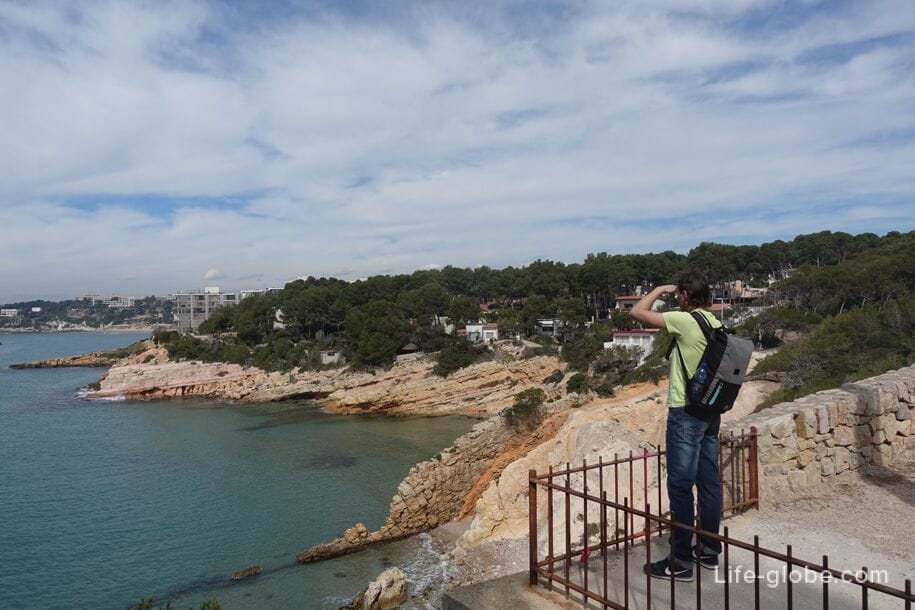
Another interesting natural attraction, located in the Cap Salou area, which, like the two above, you can see walking along the bypass trail Cami de Ronda.
Cape Cavall or toe of a Horse head (Punta del Cavall) is the most pronounced protruding into the sea of the coast of Salou. From the Cape offers wonderful views of the coast. Closed Bay near the Cape in ancient times was used by the pirates for the ships, here they cast anchor and went into town with the purpose of the raids and robberies.
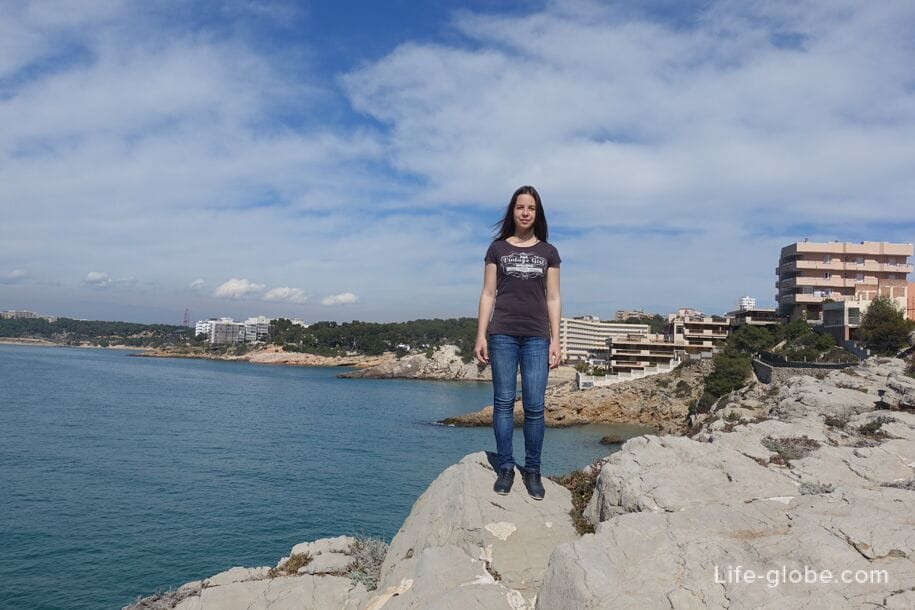
Opened in April 1858, the old lighthouse of Cap Salou (Cap Salou Faro) features a Central tower of red, which is still every day lights of the Gulf of Sant Jordi on the Costa Dorada.
Initially, the fire in the lamps of the lighthouse, fed by olive oil, was given a white light, visible 14 miles from the coast, and two lookouts were responsible for its functioning. Then, as the years passed, began to use technologies and the need for constant refilling of the oil has disappeared as such.
The mode of operation of the lighthouse from 10 a.m. to sunset. The entrance is free.
Near the lighthouse is equipped with an observation deck and wooden road. With these points offer views of the sea and of the coast.
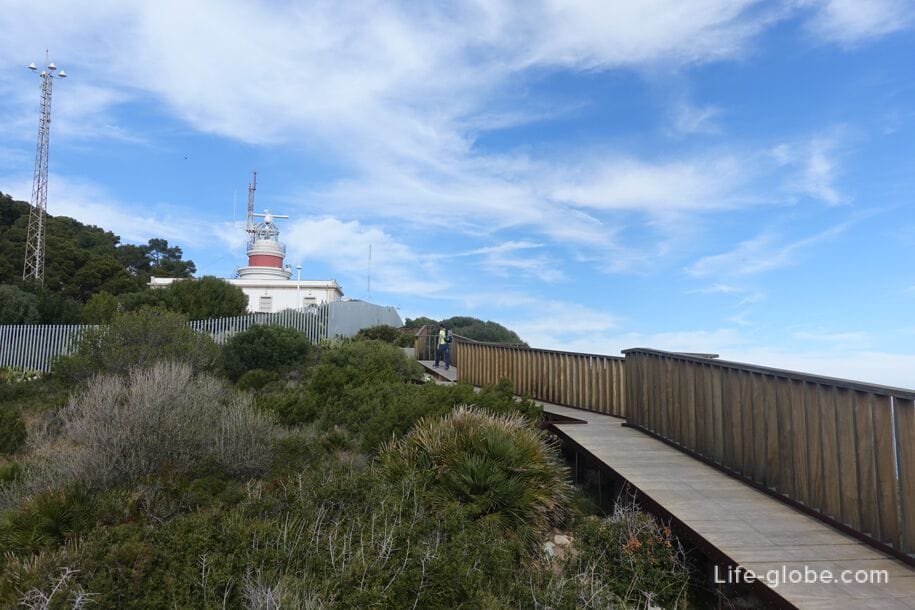
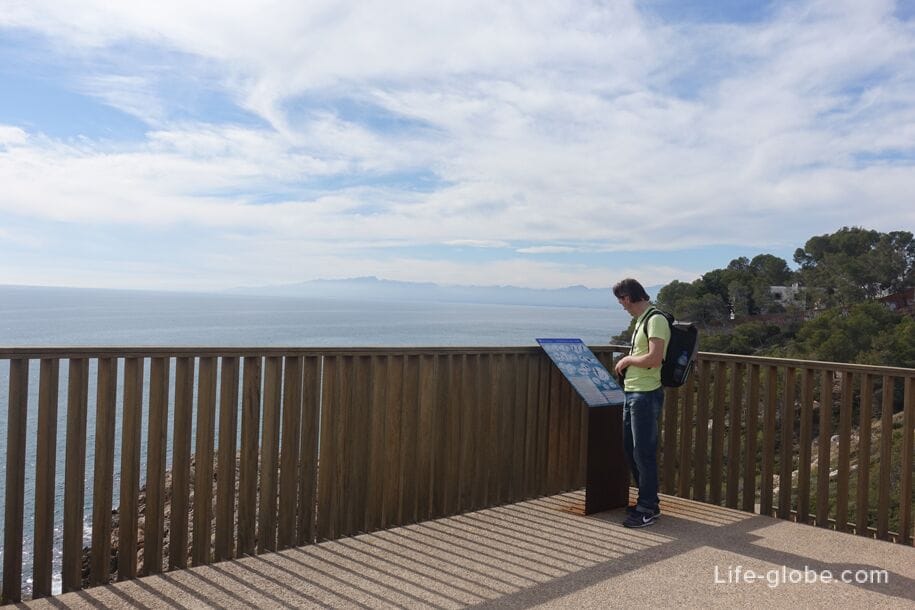
And from the lookout point, located behind the lighthouse, you can see the port of Tarragona.
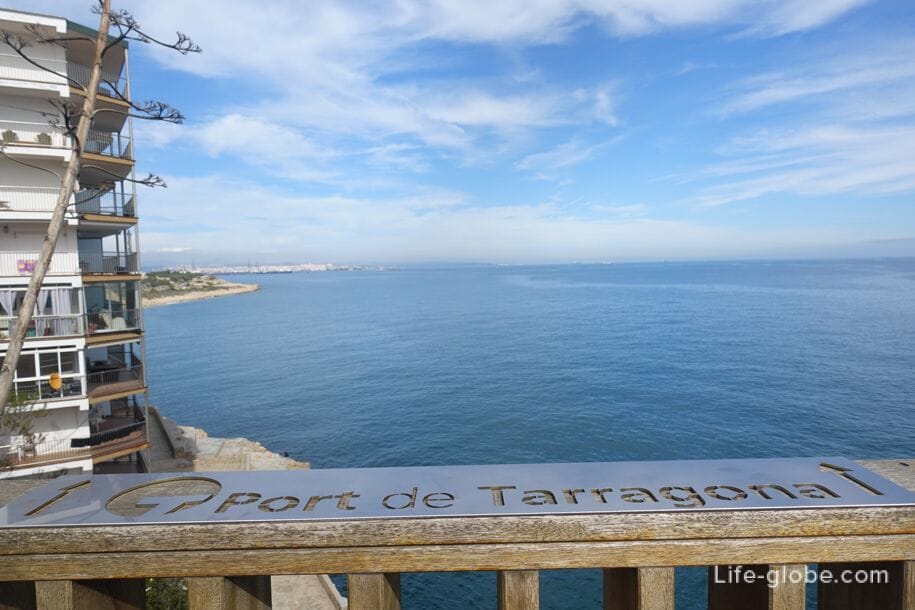
Catalan house (Masia Catalana de Salou) is a complex of buildings created in 1974 and renovated in 2011, recreates the typical architecture of the Catalan villages.
Currently on the estate you can see a collection of agricultural tools, typical for this zone of Catalonia. Here you can also see domestic animals living in makeshift barnyard.
Every year, on the eve of Christmas and new year the manor hosts traditional exhibitions Belen, simulating the events of Christmas night.
And from June to September, the estate hosts the fair featuring art from local artists - artisan market.
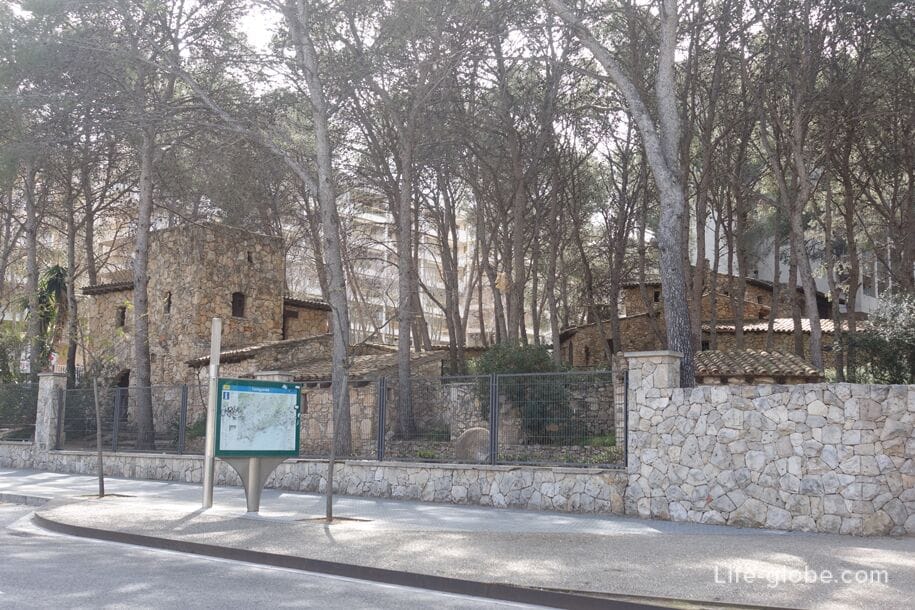
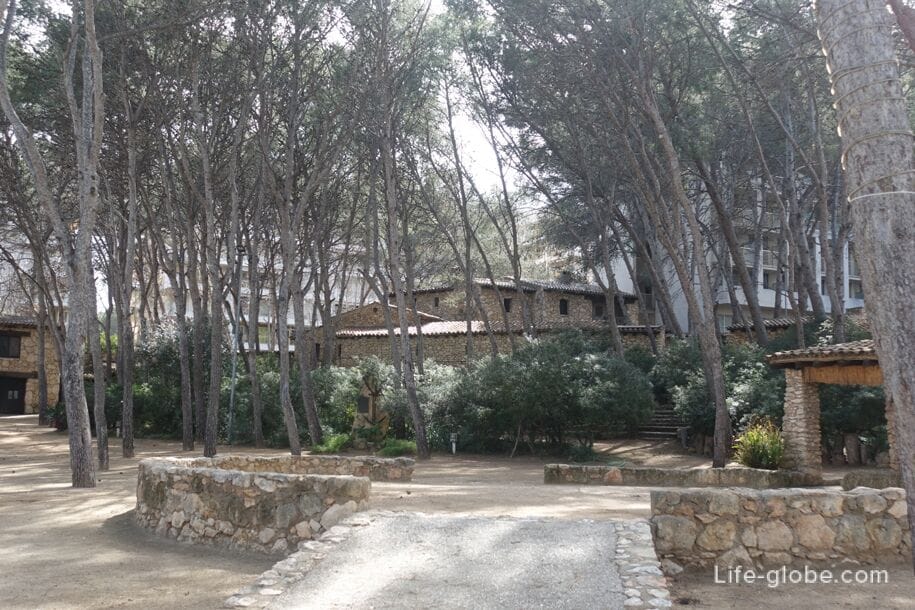
The city Park (Parc Municipal Salou) lies in the center of Salou, near the Catalan manor house and the Eastern end of Llevant beach.
This is a fairly large and shady Park in which territory there are: children's playgrounds, places for recreation, gazebos, walking paths, cafe-bar, small ponds and lots of vegetation.
The Park was established on the territory of the former Camping Salou, and the author of the project was the architect Antoni Bonet Castellana. The Park area is 15.750 m2.
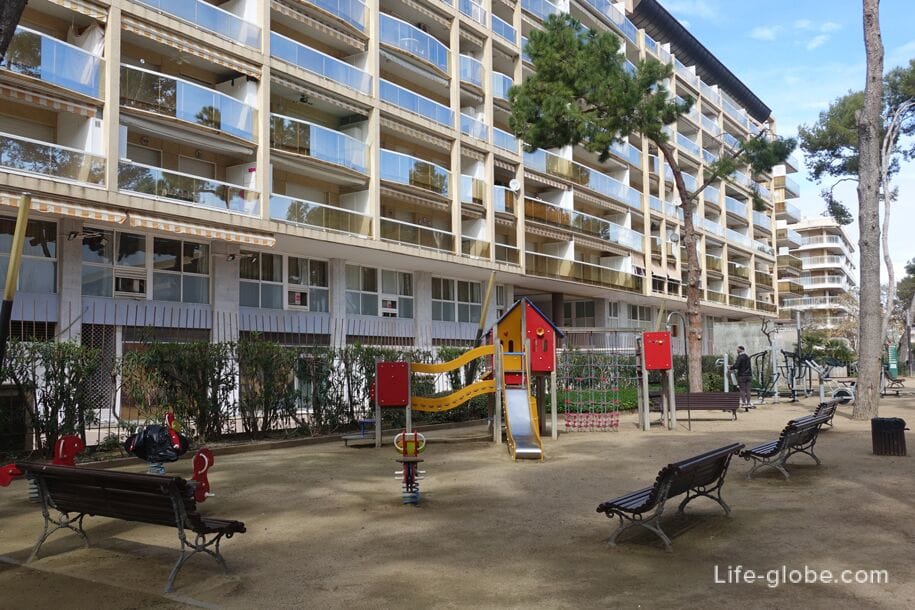
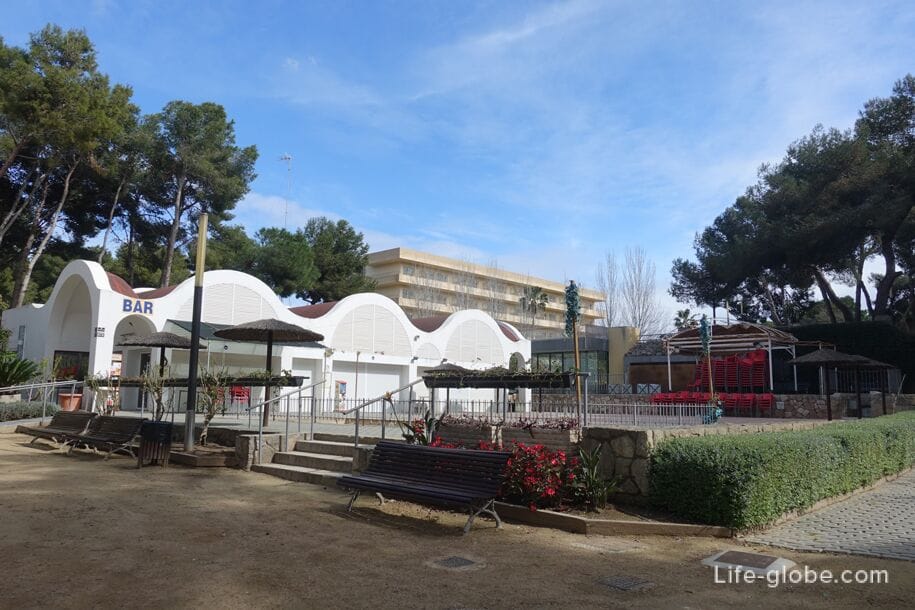
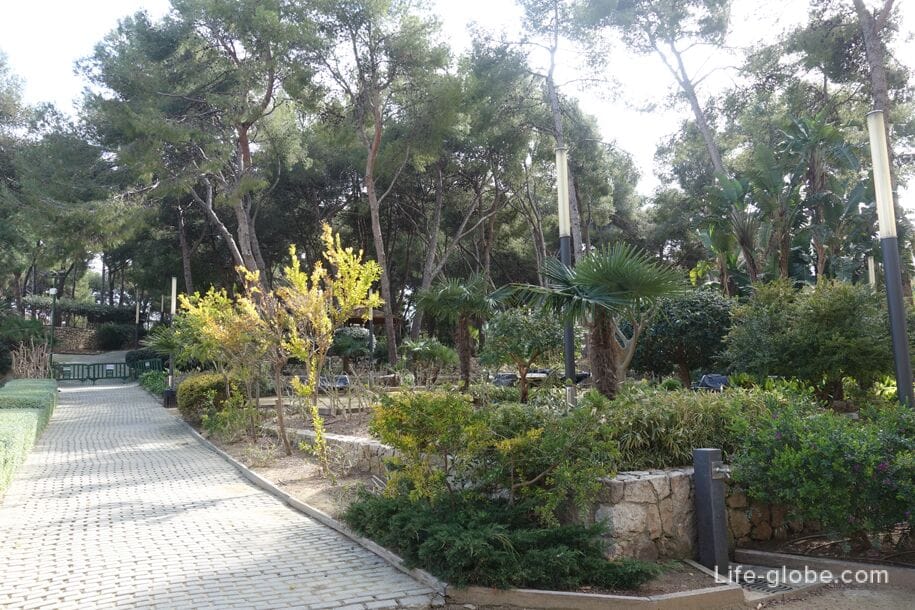
The Church of Santa Maria del Mar (Parroquia de Santa Maria del Mar) is the main Shrine of Salou, located in the heart of the tourist part of the city.
The Church was built in 1766 by the seafarer's Guild, which was established in the first half of the century. Initially, it was a small chapel with a single nave and a belfry, in which was combined the classicism and Baroque, and was intended mainly for those people whose life was closely connected with the sea. From 1930-1950 years, the Church has been enhanced. At this time was erected the side and transverse aisles, and a dome. As a result of these changes, the Church building acquired its modern appearance.
The Church is near the Eastern part of Ponent beach, in Carrer de l Església, 26, 43840 Salou, Tarragona, Spain.
Opening hours of the Church:
- Tuesday, Wednesday and Thursday: from 09:30 to 12:00 hours;
- Saturday: from 18:30 to 20:00 hours;
- Sunday: from 09:30 to 13:30 and from 18:30 to 20:00 hours.
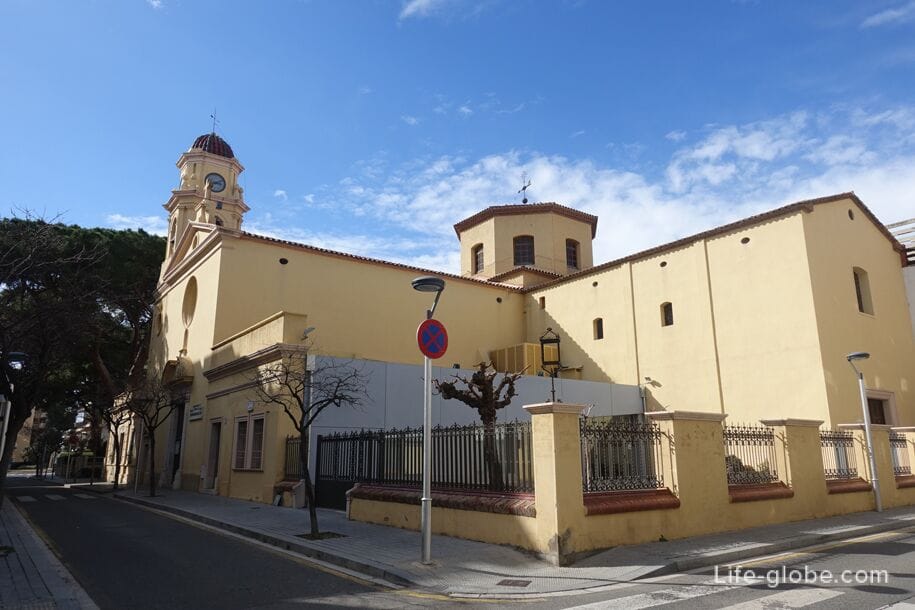
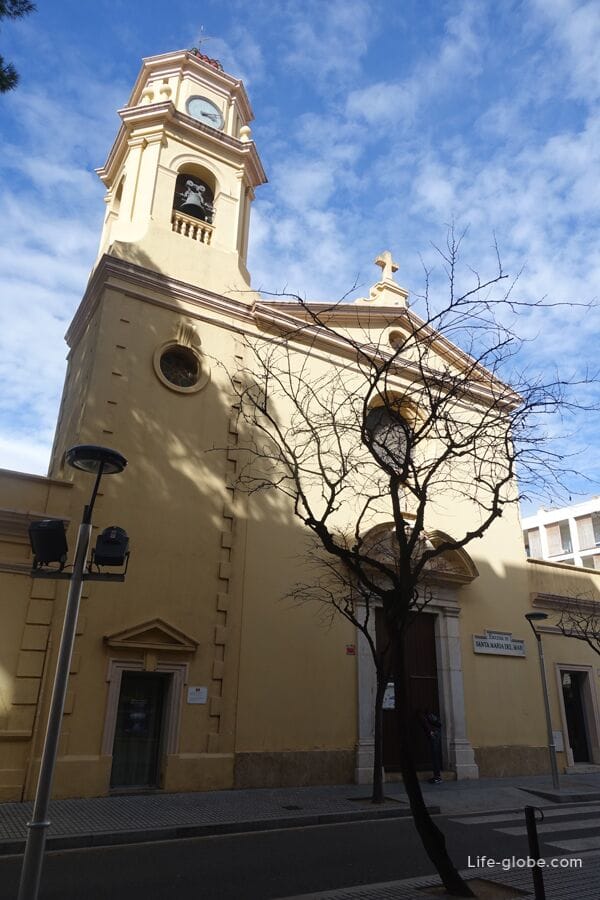
Església de Sant Ramon or the parish of St. Ramon Nonato (Parroquia de Sant Ramon Nonat) is outwardly a modern small Church located in the centre of Salou.
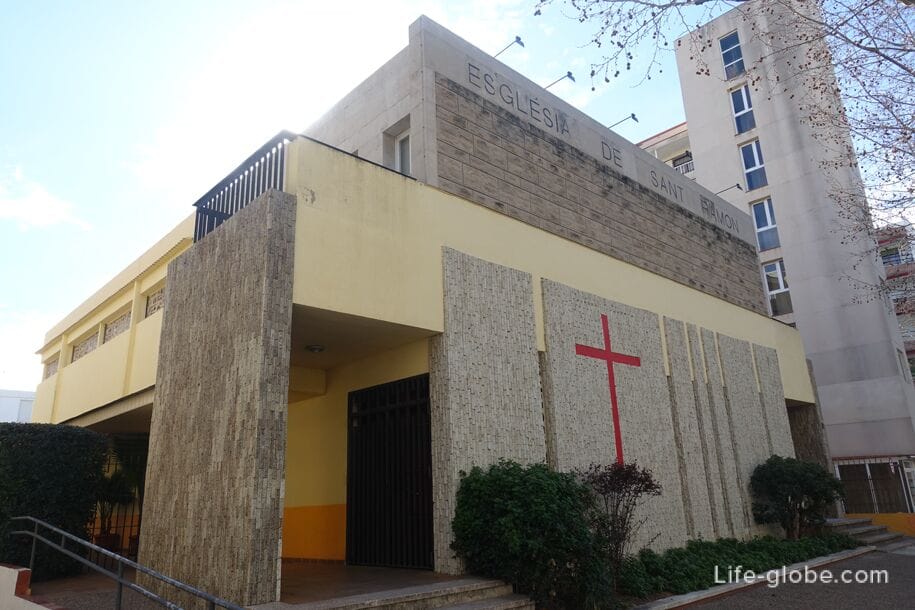
On the left side of the building there is a small chapel of the virgin Mary (Virgen de la Capilla Abierta).
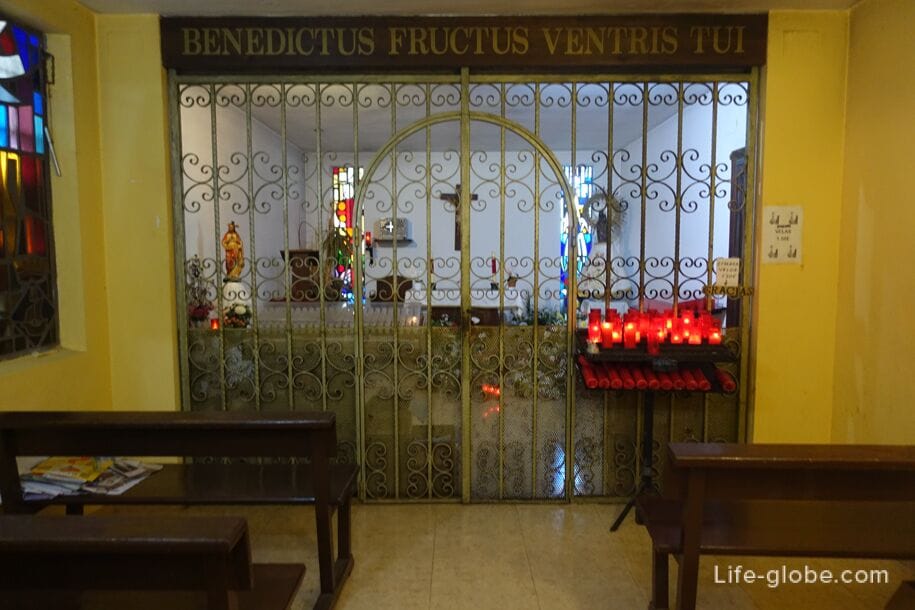
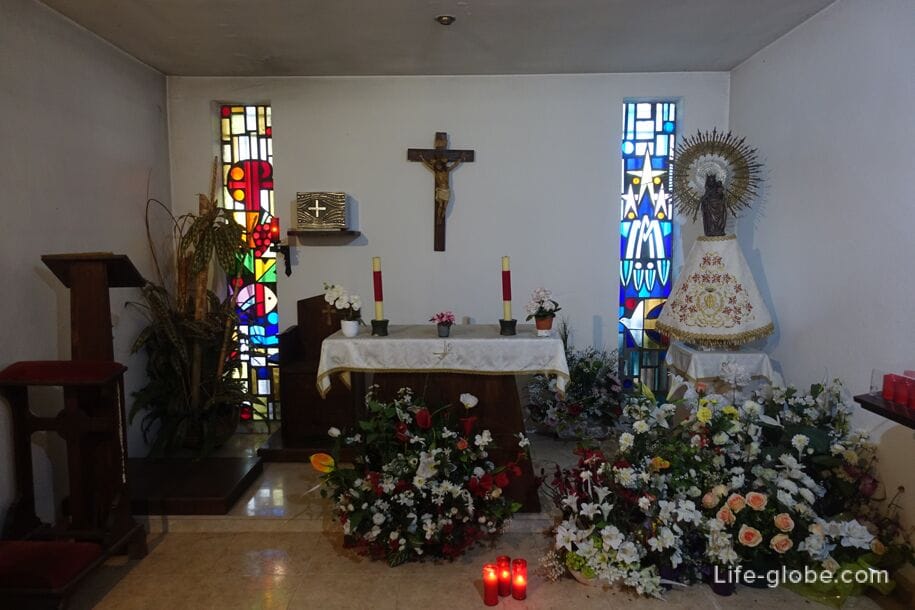
Old defence tower Torre Vella de Salou was built in 1530 on the orders of the Archbishop of Tarragona, Pere de Cardona, to protect the city and its property from pirates raided the port of Salou. Outside the original design with the heraldic coats of arms above the gate. The bridge connects the tower with adjoining buildings, built in the XVIII century.
Located inside the cultural center, which hosts art exhibitions and in the surrounding areas, you can see the sculpture.
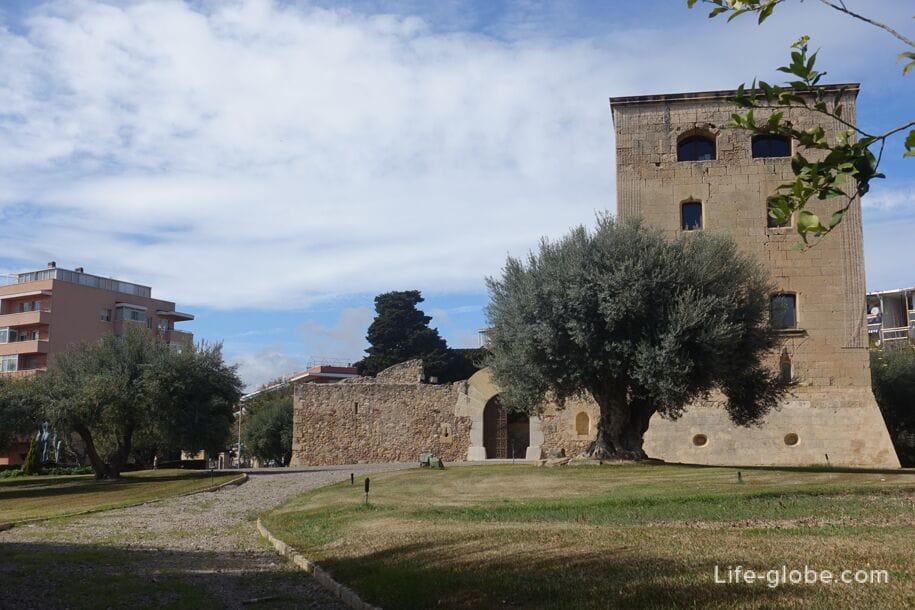
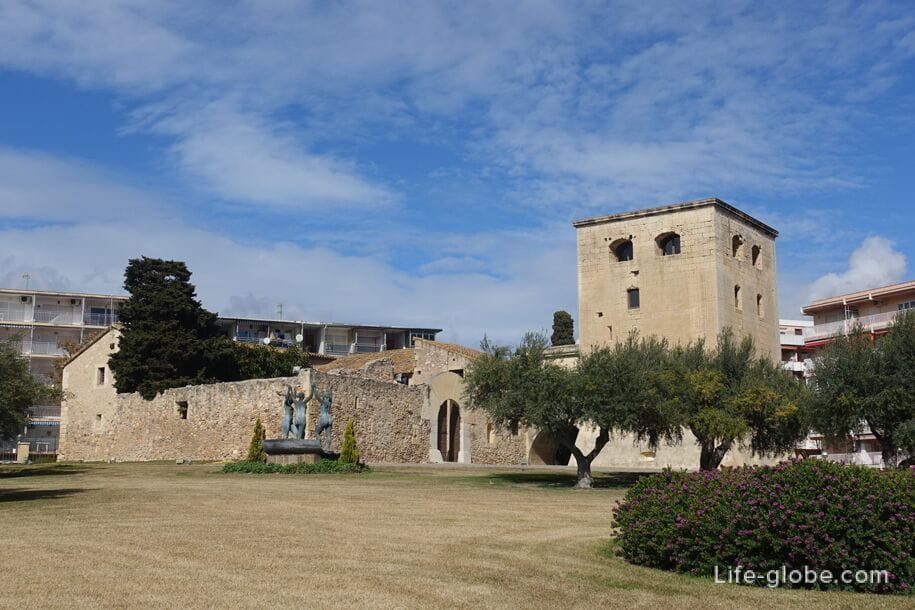
The station was built to drive to Reus goods arriving by conventional rail. Therefore, it was located near the train station, where now there is one of the first steam locomotives ever to have walked this route a length of 8.2 kilometers. This colourful locomotive and attracts tourists.
The station opened on 23 June 1857 and reached its highest peak with the launch of the line connecting the two cities, from 1887 to 1975. With the decrease in trading activity in the port and the decline in trade in the late nineteenth century the road was used to transport vacationers to the beaches of Salou. Currently not working.
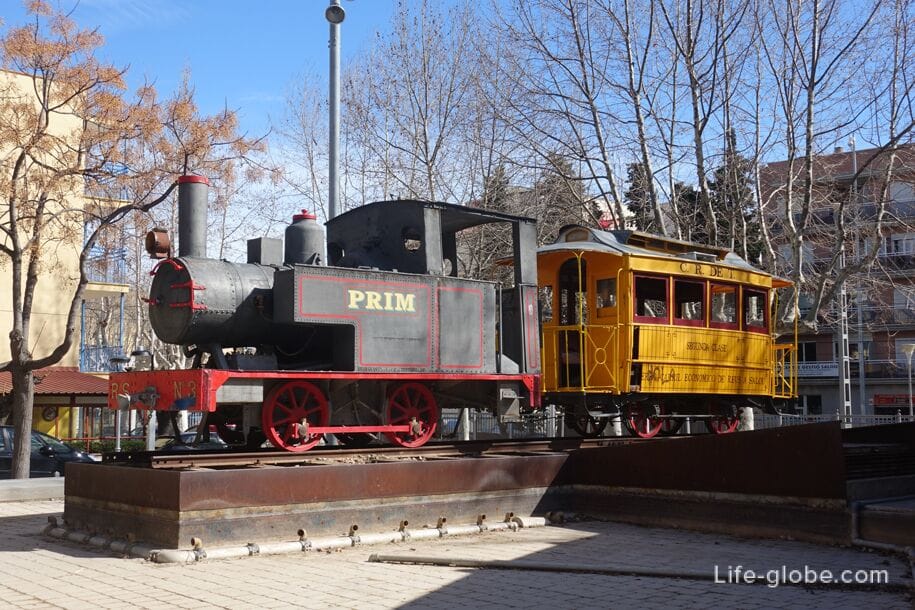
Archaeological Park of the Roman city Barenia (Villa romana de Barenys) - the most remote attraction in Salou situated at a distance 1.7 kilometers from Paseo Jaime I, Avinguda D' Antoni Gaudí, 27, 43840 Salou, Tarragona, Spain.
Archaeological Park of the Roman town Barens consists of archaeological finds of the Roman era Dating from the late first century BCE - mid-second century.
This archaeological complex recreates the rectangular building, where he produced ceramics: construction materials and amphorae for the transport and export of wine. Well preserved circular kiln for firing clay, near which are the ruins of a spacious room with columns, where the potters worked with the clay. The workshop was supplied with water through an aqueduct carved in the rock, allowing you to deliver water from the ravines Barens.
Currently, the excavations are closed to the public and not conducted any tours. But the excavations can be seen standing near a low fence.
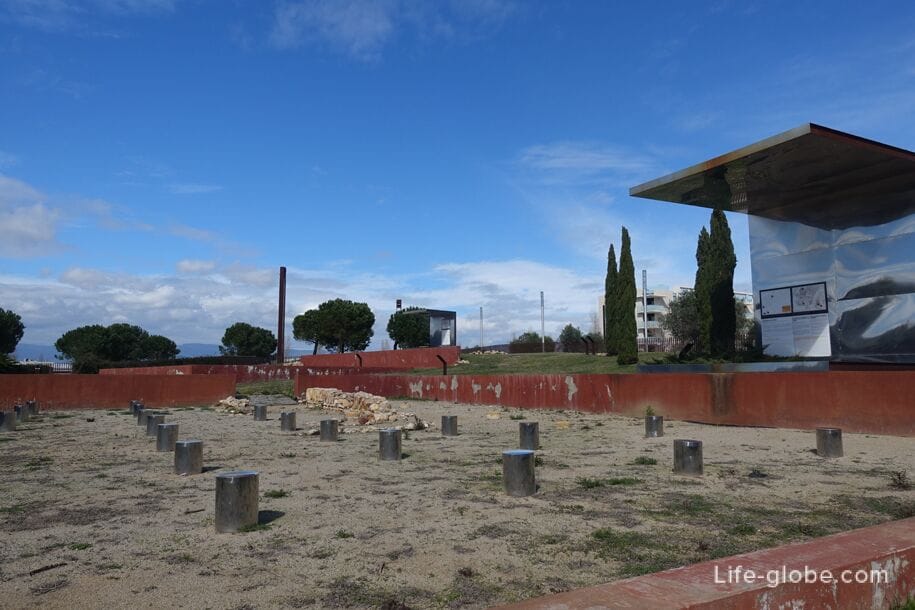
P. S. Visit the main attractions in Salou can be on foot or taking a walk in the city in the tourist train.
If attractions Salou you feel inadequate, there is a great opportunity to go to Tarragona, famous for its interesting historical and architectural sights or visit the neighbouring resort of Cambrils. To get from Salou to Tarragona just a short time and, on public buses or train. And in Cambrils and faster, you can even walk on the promenade along the coast, because the distance from the port of Salou to Cambrils port is just 6 kilometres.